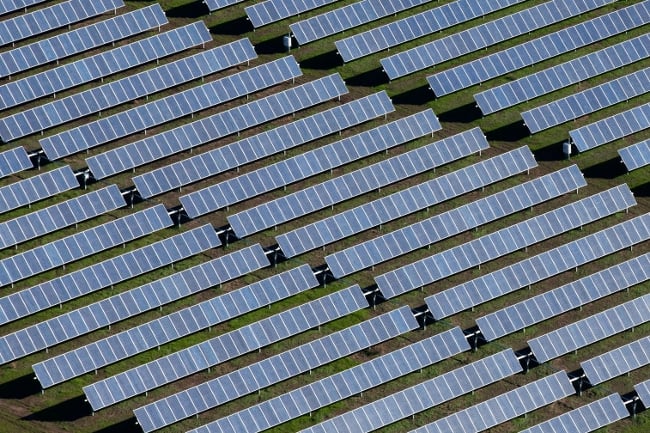HighCountryCommando
Active member
- Joined
- Jul 8, 2018
- Messages
- 107
With the weather cycle were in, even in years of heavy snowpack the snow goes off too fast. Brownlee is used to regulate heavy spring runoff to eliminate flooding in the lower Columbia. There is a complicated treaty with Canada to share this responsibility. Then later in the year, due to the same conditions, Brownlee is Federally mandated to release water if the rivers get too warm. How would that storage capacity and cooling water be replaced if the Hell's Canyon Complex was removed?
The lower four Snake Dams being called for removal are run-of-river dams. They do not enable storage and thus their removal will have no appreciable effect on storage. They also do not stratify. Water-in and water-out of these dam projects are nearly equal, so the river currents mix the water efficiently enough to prevent stratification. Run-of-river dams therefore have a negligible impact on increasing or decreasing the river's temperature downstream. Brownlee on the other hand is a storage-dam. It holds water for long periods and creates enough lag in the flow to cause stratification. Unless I read something wrong, the current proposal for dam removal does not call for Brownlee to be removed. All of Brownlee's storage would remain and storage as a whole would be unaffected under the current proposal.
The federal water releases at Brownlee are not typically released to regulate downstream temperature. The vast majority of the releases are to ensure downstream (1) spawning adults have enough habitat to spawn and (2) out-migrating juvenile salmon make it to the ocean faster. The speed which juveniles can make to the ocean has a big effect on their survival and growth. More water in the spring pushes them out faster and safer. Higher flows also reduce the amount of contact time and reduces the numbers of opportunities predator fish have to eat them. During spring runoff, Smallmouth Bass and Pikeminnow are too busy hugging the bed and banks trying to get out of the higher velocity flow as the juvenile salmon at the surface float by.
Brownlee is really one of the biggest offenders causing a thermal shift downstream which results in delayed warming in the spring and delayed cooling in the fall. One of the technologies the Nez Perce Tribe would like to see installed at Brownlee is a temperature control tower which would allow Brownlee to micro-manage the downstream river temps by selectively drawing water from different depths of the reservoir based on temperature. Regulating temperate downstream of Brownlee is critical to be able to ensure adults are spawning at temps that keep their eggs and emergent fry from dying.






